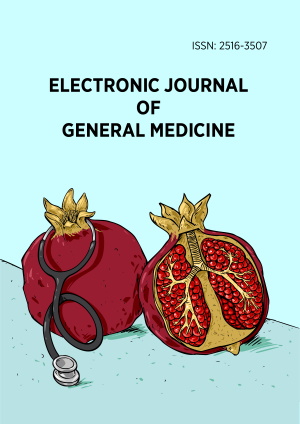Abstract
Purpose: We aimed to investigate the antibiotic resistance characteristics of bacterial pathogens causing lobar pneumonia (LP) in children and the treatment outcomes of these individuals.
Methods: 123 children diagnosed with LP in 2020 were enrolled in this study. Nasopharyngeal swab culture and antibiogram were performed on all patients.
Results: The group aged 24-60 months old was the most common. The most common bacterial pathogens were S. pneumoniae (37.5%), H. influenzae (34.5%) and M. catarrhalis (18.7%). S. pneumoniae showed high resistance to trimethoprim-sulfamethoxazole, clindamycin and cefuroxime. H. influenzae was resistant to cefuroxime and ampicillin (> 80%). M. catarrhalis was resistant to cefuroxime, trimethoprim/sulfamethoxazole and macrolide (> 50%). The third-generation cephalosporin/aminoglycoside combination was the most commonly used as the initial treatment (69.1%), with relatively high treatment success rate (62.4%).
Conclusions: The most common bacterial pathogens causing LP in children were S. pneumoniae, H. influenzae and M. catarrhalis. Almost detected agents were multi-resistant.
License
This is an open access article distributed under the Creative Commons Attribution License which permits unrestricted use, distribution, and reproduction in any medium, provided the original work is properly cited.
Article Type: Original Article
ELECTRON J GEN MED, Volume 22, Issue 6, December 2025, Article No: em699
https://doi.org/10.29333/ejgm/17393
Publication date: 09 Nov 2025
Article Views: 622
Article Downloads: 503
Open Access References How to cite this article
 Full Text (PDF)
Full Text (PDF)